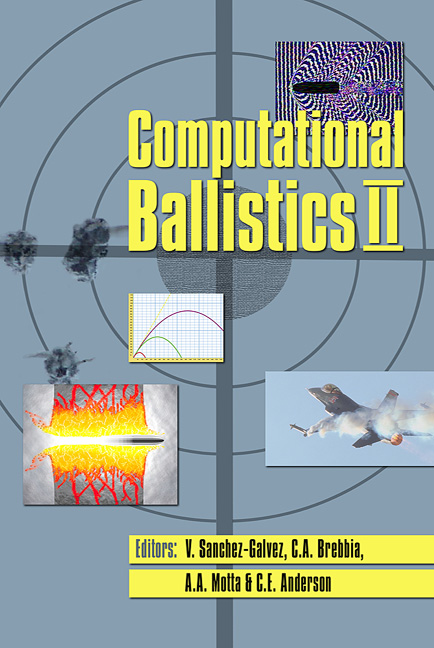Study Of Asymmetric Vortical Flow On Forebody At High Angle Of Attack
Price
Free (open access)
Transaction
Volume
40
Pages
11
Published
2005
Size
433 kb
Paper DOI
10.2495/CBAL050311
Copyright
WIT Press
Author(s)
A.-ul-Haque & F. Umar
Abstract
In high angle of attack regimes, the formation of asymmetric vortices gives rise to side forces and produces lateral instability in the aircraft. A lot of studies (computational as well as experimental) have been carried out in the past decade, but a universally accepted theory of the asymmetric triggering mechanism has not yet been formulated. Growth rate maps of symmetric and asymmetric vortices were developed and the sources of asymmetry in flow were pointed out. The effects of Reynolds number, Mach number, grid resolution and of geometric shape were simulated and the computed results were compared with known experimental and computational data. Reynolds Average Navier Stokes equations were employed with RNG k-ε turbulence modelling. Single block structured grids for 5-degree semi-apex cone and several high incidence asymmetric turbulent flow cases were computed. The strength and shape of vortices were found to be different at different flow conditions for different geometries. Randomness of asymmetric vortices was captured at high angle of attack and with the increase in Reynolds number. The location where vortices change from symmetric to asymmetric was observed moving towards the apex of a body which shows that the physics of high speed resembles that of low speed in some aspects and is being numerically validated for the first time. It was concluded that the truncation error was basically the source of creating asymmetry in flow at high angle of attack. Keywords: vortical flow, high angle of attack, supersonic flow, turbulence modelling, lateral instability, symmetric vortices, cone, primary and secondary vortices, truncation error, geometric disturbances.
Keywords
vortical flow, high angle of attack, supersonic flow, turbulence modelling, lateral instability, symmetric vortices, cone, primary and secondary vortices, truncation error, geometric disturbances.




